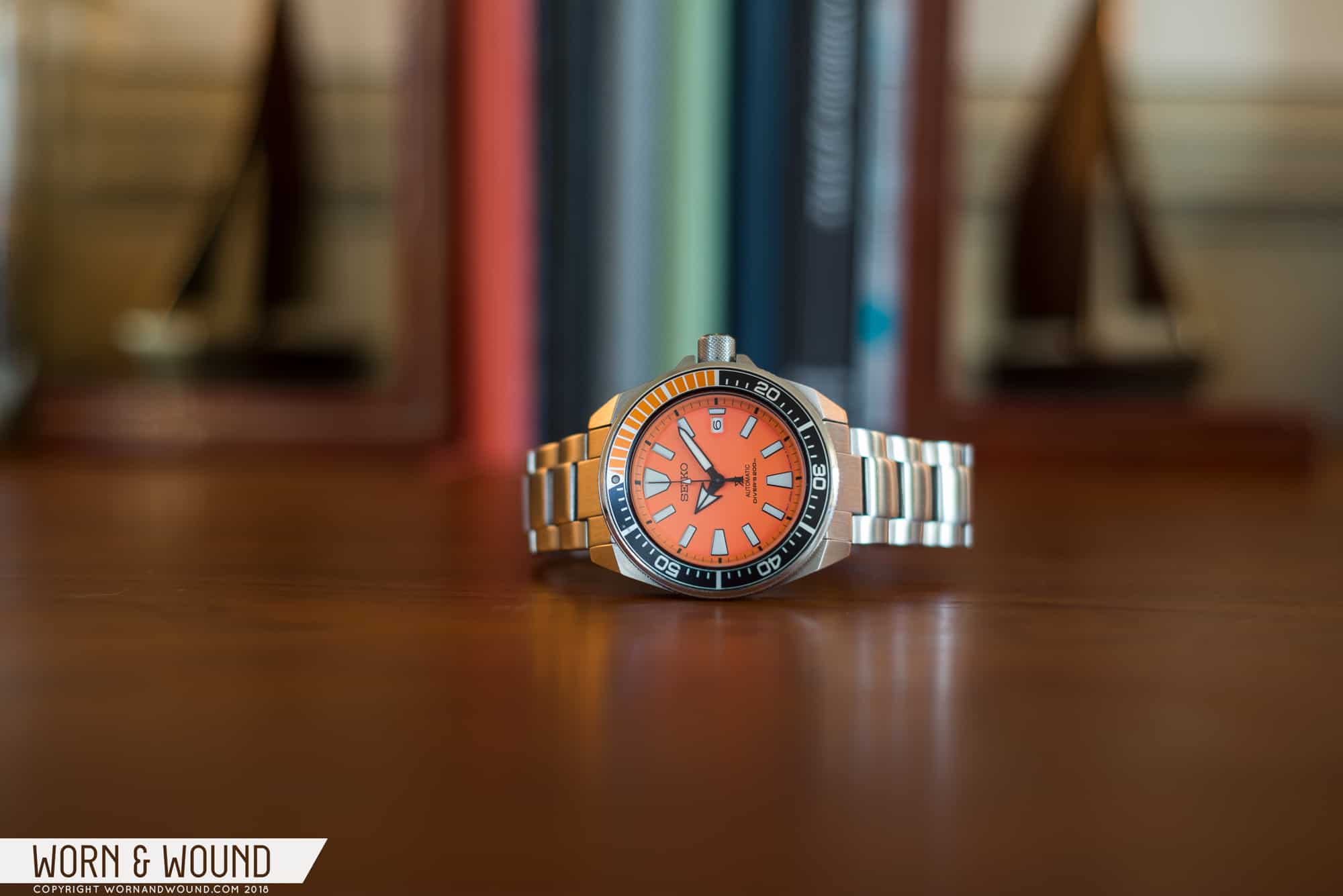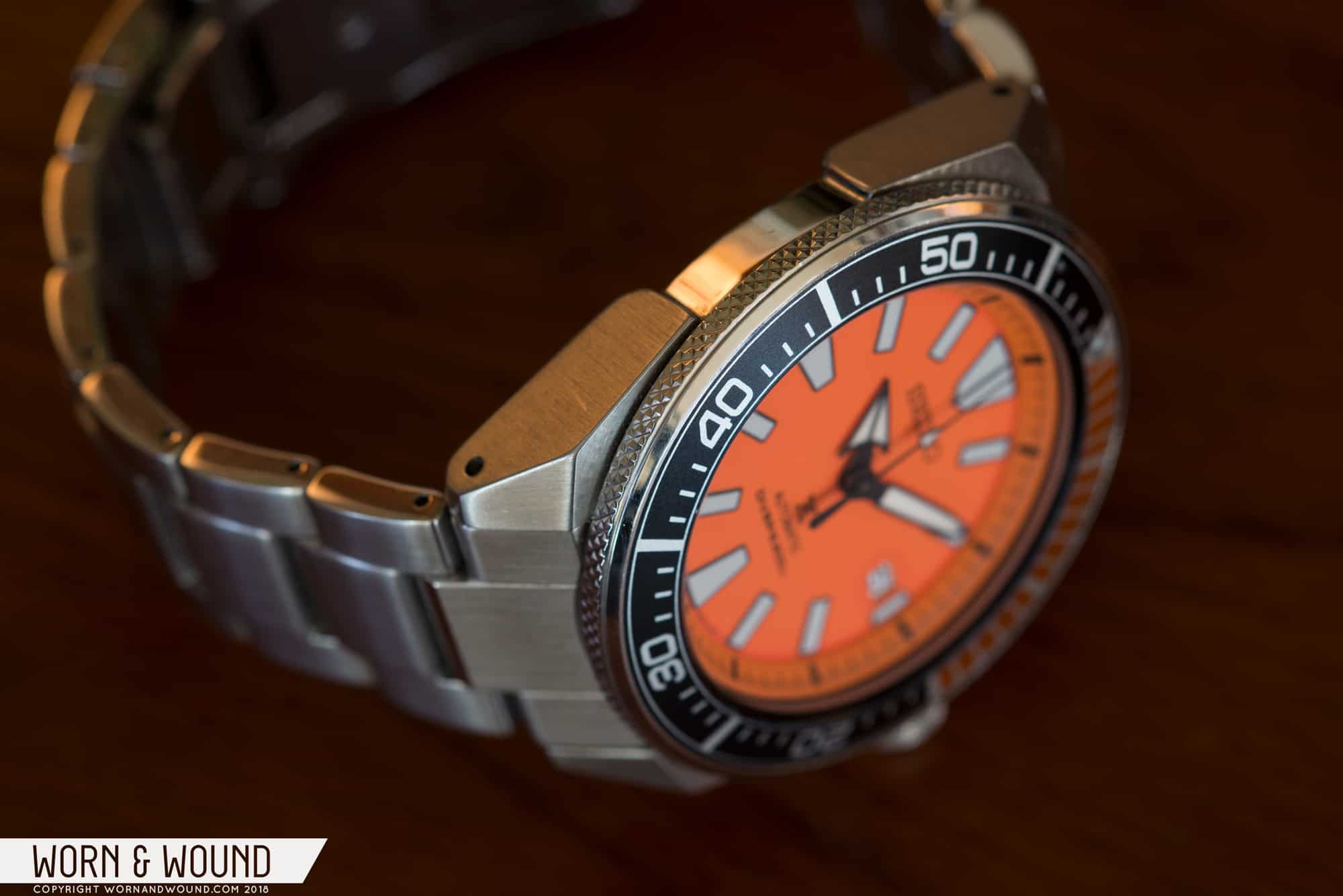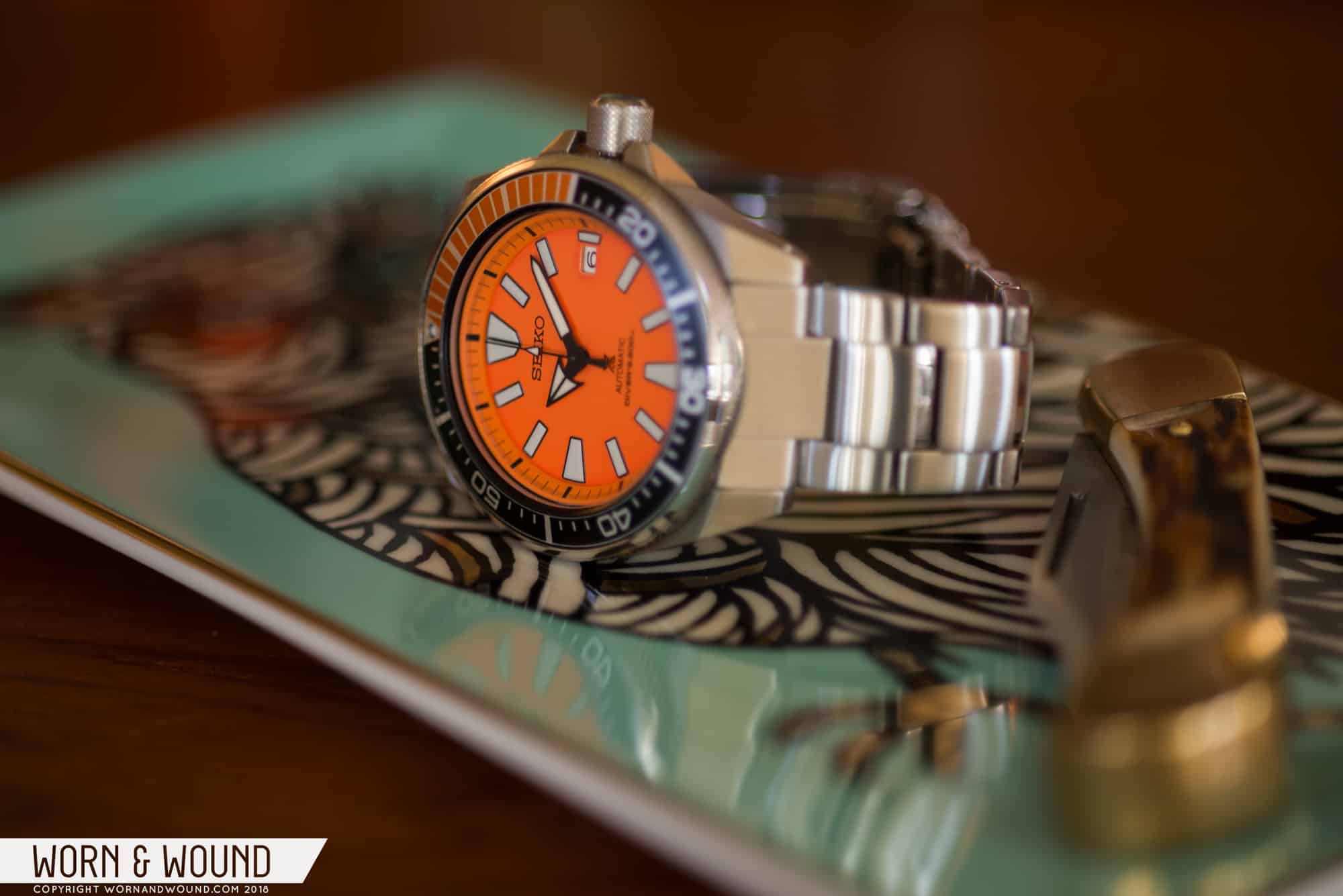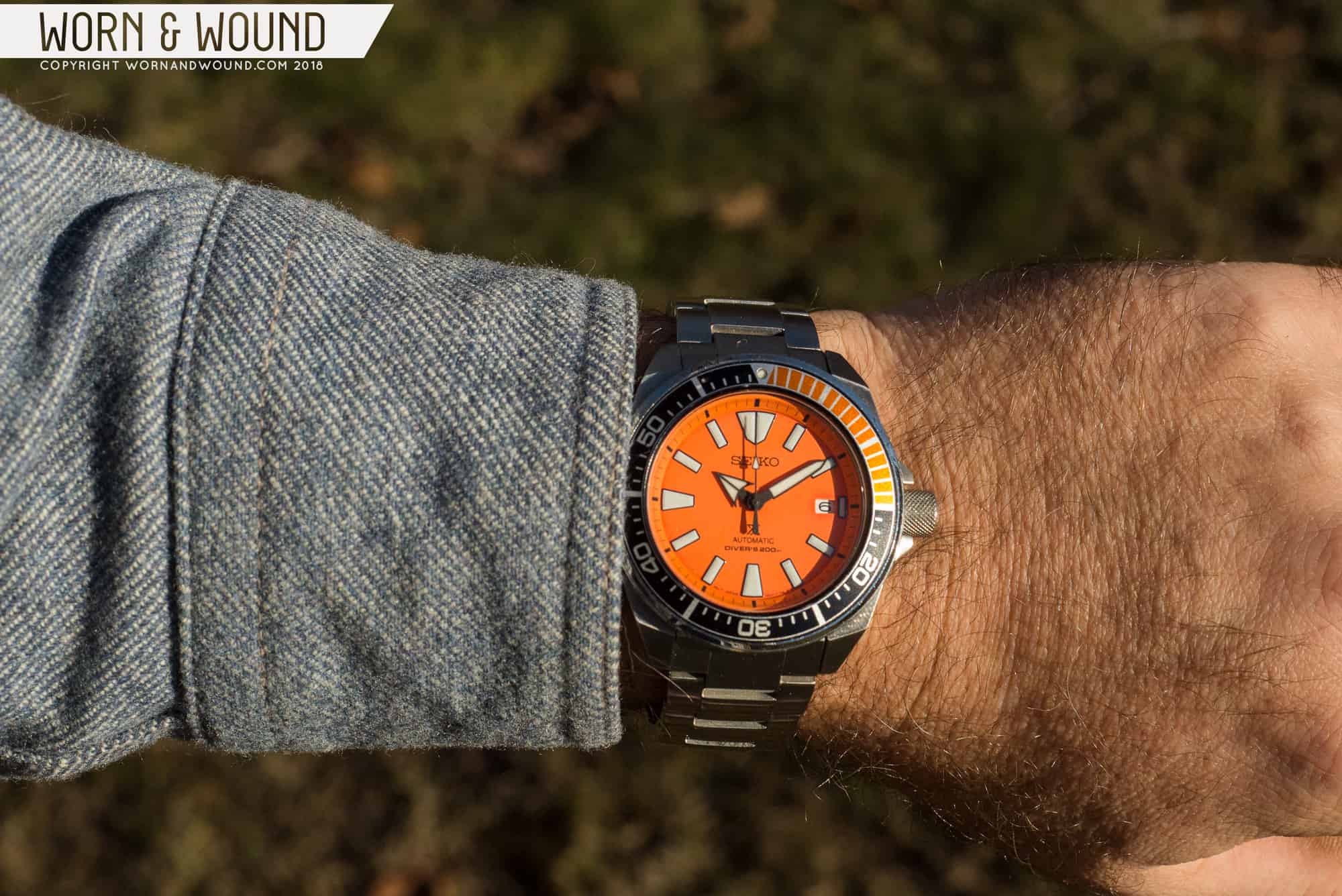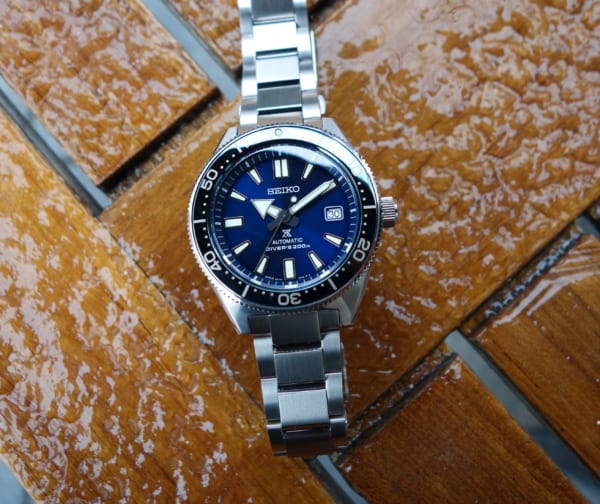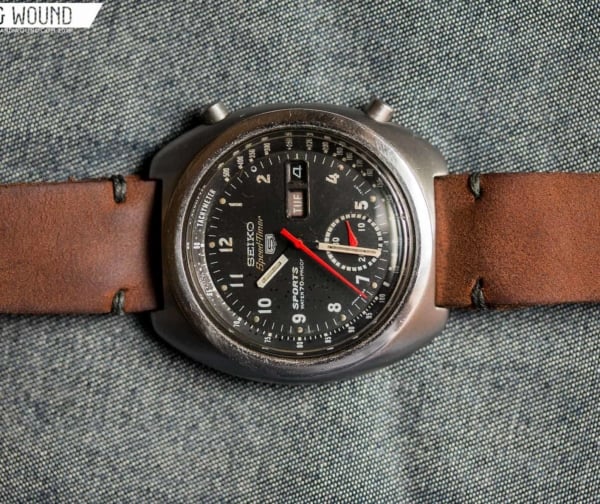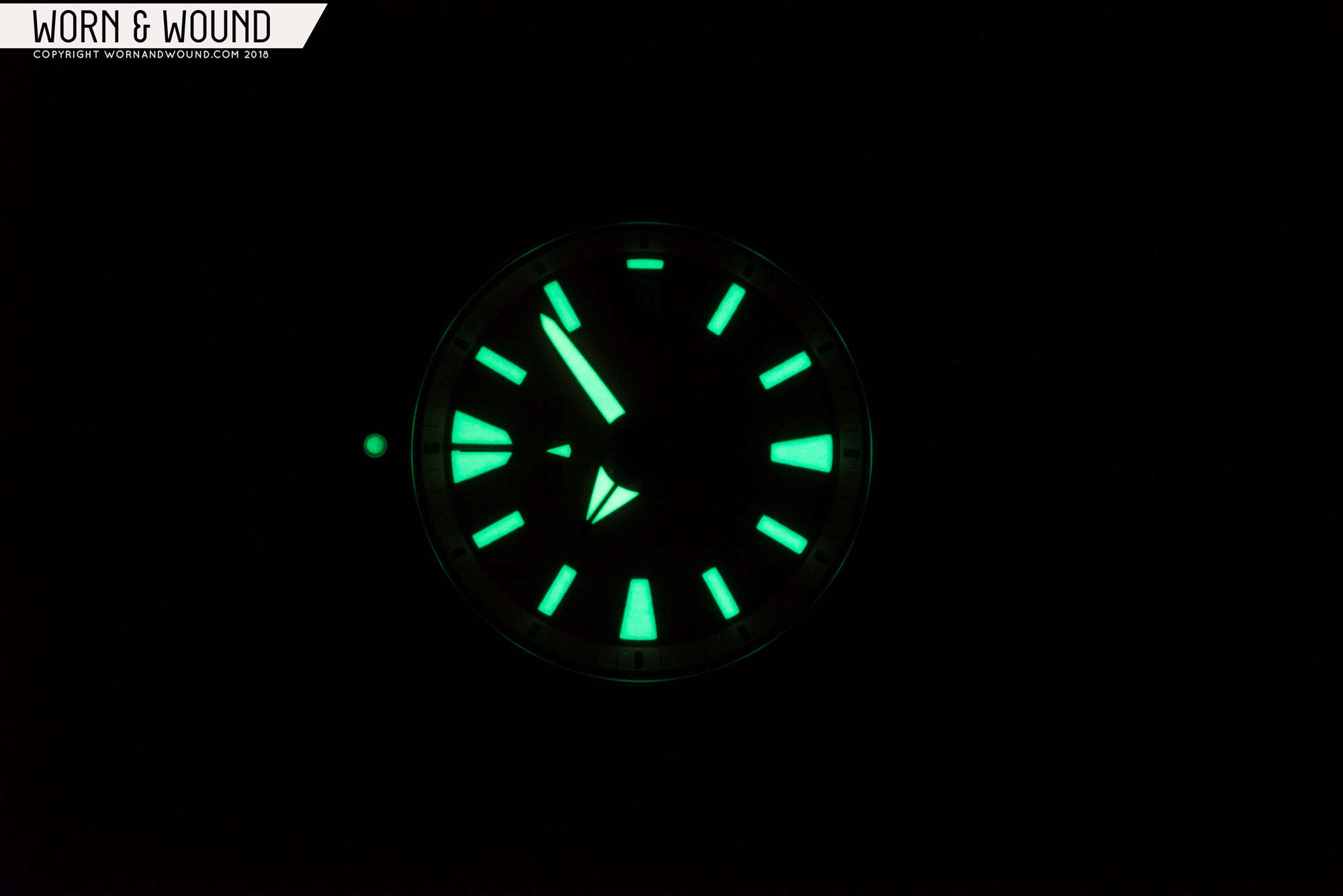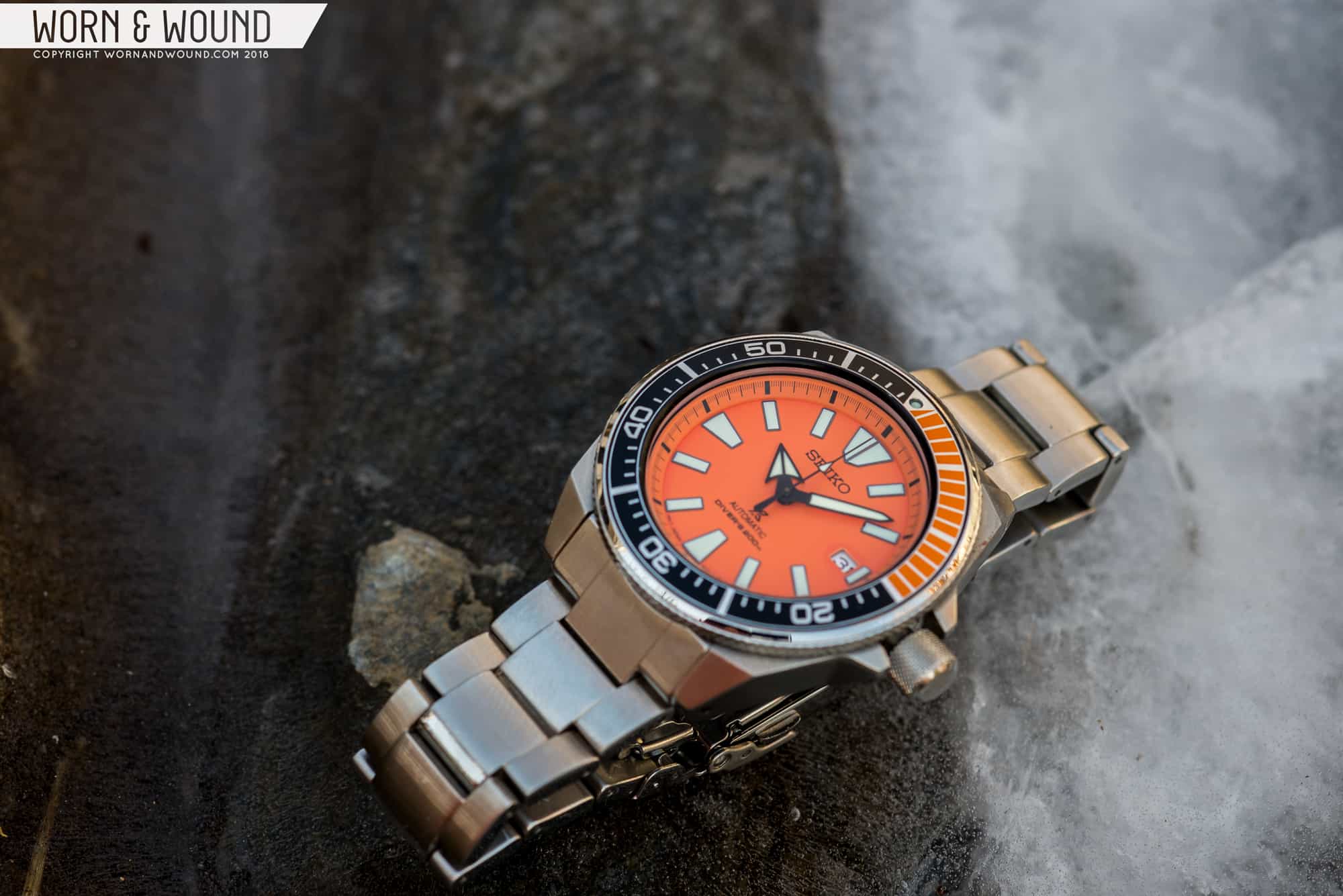How long does a watch need to be out of production for a new iteration to be considered a reissue? Is nine years long enough? That’s how long it’s been since Seiko last offered the Samurai, and I really don’t know whether to call these new watches “reissues,” “updated versions,” “second-generation” or what. True to form, Seiko offers no conclusive evidence of their intentions, so all we can really say for sure is that the Samurai is back.
Contributing to this confusion is the original Samurai’s light-speed rise to cult status. Issued in 2005 and discontinued in 2009, a mere four-year run, the first-generation Samurai captivated enough Seiko enthusiasts to have garnered its nickname, an honor bestowed on only a few models. There’s nothing like discontinuing a watch to send a collector community into a joyful panic, and Seiko collectors—a vast and aggressive breed—moved in like sharks on a carcass. Today, an original Samurai full-set is somewhat rare and can fetch over three times its original retail price, not exactly a record-setting figure, but certainly a unique phenomenon for a low-priced, mass-produced watch only recently out of production.
Seiko obviously noted the rising demand for the original Samurai and now offers a new version in a few colorways: a limited edition two-tone “Blue Lagoon” SRPB09 (which sold 6000 units pronto), the blue and silver SRPB49, the black and gray SRPB51, the Pepsi SRPB53, and the golden hued SRPB55. This fall Seiko offered an additional Amazon-only release in orange, the SRPB97 (which is in hand here for review), and they’ve since offered a non-exclusive SRPC07 that appears to be identical, but ships with a bracelet only. (Confusingly, early images of the SRPC07 showed a waffle pattern on the orange dial, but shipped watches are smooth like the exclusive SRPB97).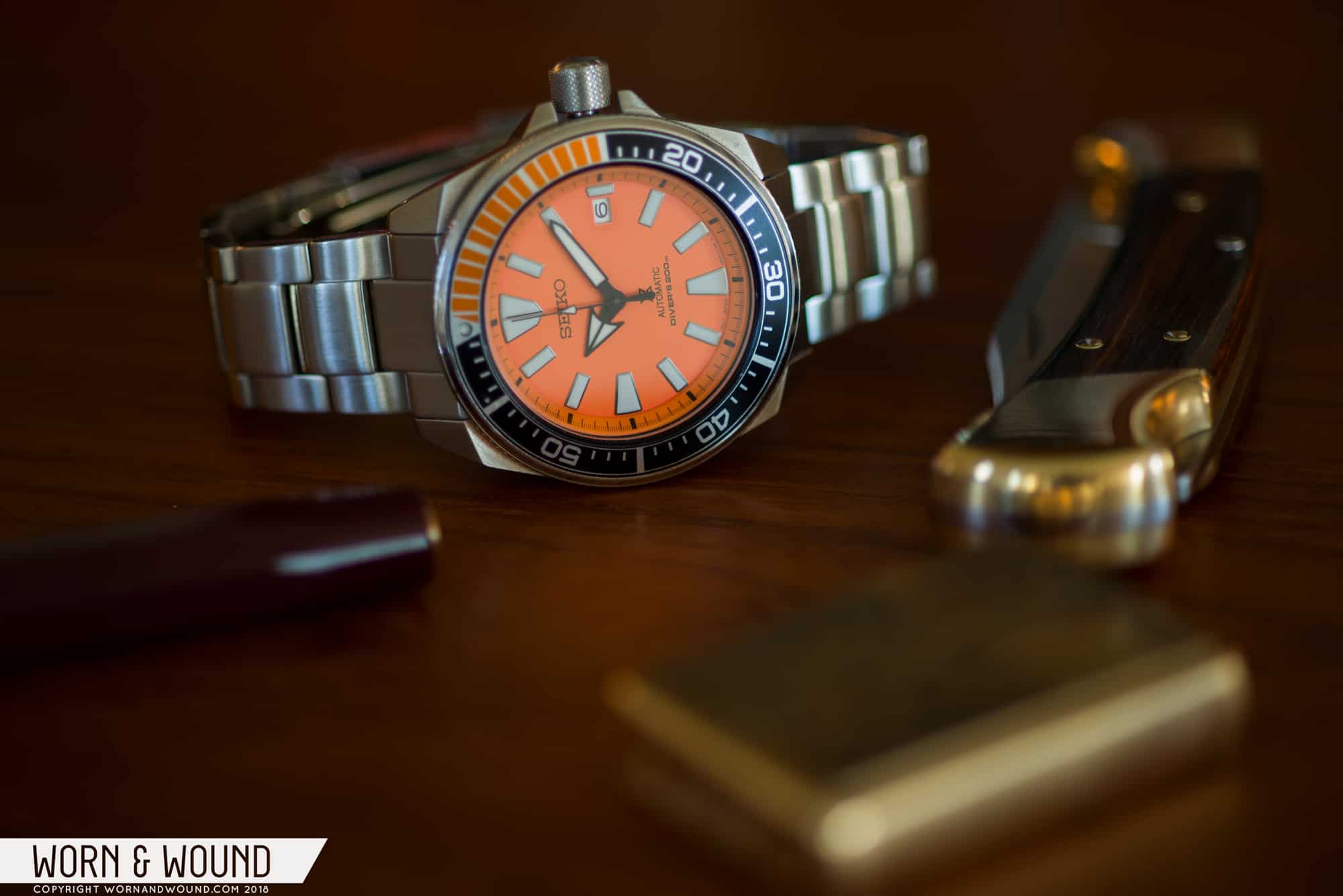 The orange SRPB97 sure feels like a reissue. It is overtly based on the discontinued Samurai SBDA005. Folks seem to hold onto those orange titanium models, thus shrinking the supply and lifting the prices. Seiko hasn’t claimed that the SRPB97 is a limited-edition any more than they called it a reissue, but the way they released it—with pre-sale discounts and only one point of sale—felt more like a small-batch micro-brand offering than one from a watchmaking titan. I imagine the Samurai collector community is basking in the recognition from Seiko, perhaps experiencing warm-fuzzies like Speedmaster fans did when Omega released the Speedy Tuesday model.
The orange SRPB97 sure feels like a reissue. It is overtly based on the discontinued Samurai SBDA005. Folks seem to hold onto those orange titanium models, thus shrinking the supply and lifting the prices. Seiko hasn’t claimed that the SRPB97 is a limited-edition any more than they called it a reissue, but the way they released it—with pre-sale discounts and only one point of sale—felt more like a small-batch micro-brand offering than one from a watchmaking titan. I imagine the Samurai collector community is basking in the recognition from Seiko, perhaps experiencing warm-fuzzies like Speedmaster fans did when Omega released the Speedy Tuesday model.









 Featured Videos
Featured Videos




